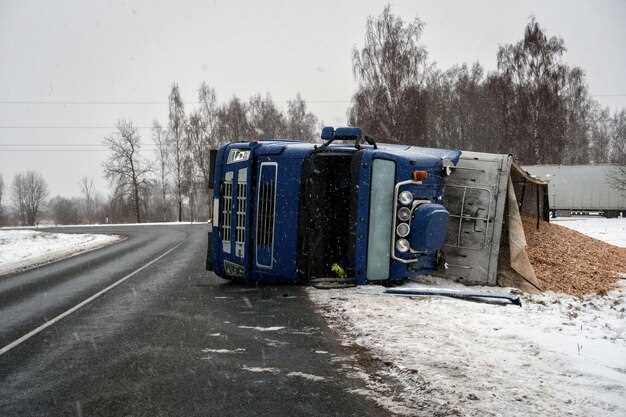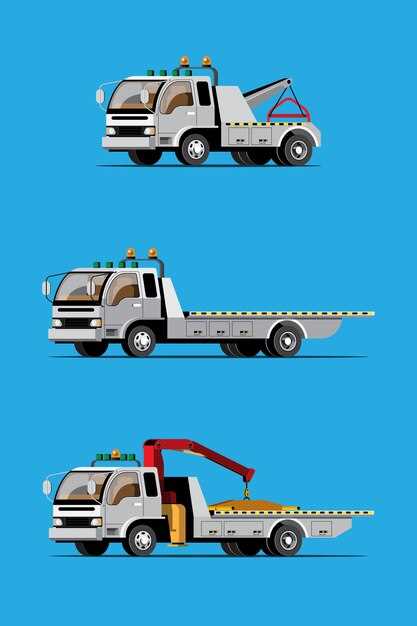
The performance of a vehicle while towing a trailer is heavily influenced by weather conditions. Understanding the impact of elements such as wind, rain, and temperature can make a significant difference in safety and efficiency on the road. Trailer towing demands precise handling and stability, both of which can be compromised by adverse weather conditions.
Wind speed and direction are crucial factors that can dramatically affect the towing experience. Strong crosswinds can push a trailer off course, making it difficult for drivers to maintain control. Similarly, heavy rainfall can reduce visibility and increase the risk of hydroplaning, challenging even experienced drivers to keep their vehicle and trailer steady.
Temperature also plays a critical role in towing performance. Extreme heat can lead to engine strain, while cold temperatures can affect tire pressure and braking performance. Awareness of these conditions and their potential impact on towing capabilities is essential for safe travel. By acknowledging the effects of weather, drivers can adapt their towing strategies to minimize risks and enhance performance on the road.
How Rain Affects Traction and Braking Distance
Rain significantly impacts vehicle performance, particularly in terms of traction and braking distance. When the road surface becomes wet, the friction between tires and pavement decreases, leading to reduced grip. This is especially crucial for trailers, which require more force to maintain control during inclement weather.
As water collects on the roadway, it can create a slippery layer that affects the tires’ ability to generate adequate traction. This phenomenon, known as hydroplaning, occurs when a vehicle’s tires cannot displace the water beneath them quickly enough, leading to a loss of control. In trailer towing scenarios, which typically involve greater weight and length, the risk of hydroplaning can increase substantially.
In addition to traction issues, rain also affects braking distance. Wet roads cause tires to slide more easily, which means longer stopping distances are necessary to come to a complete halt. This increased stopping distance can be particularly hazardous when towing a trailer, as the added weight may require even more time and distance to safely slow down. Drivers must adjust their braking technique, applying brakes more gradually and allowing for extra space between themselves and other vehicles.
Overall, adverse weather conditions, such as rain, require careful consideration while towing. Understanding the impacts on traction and braking distance is vital for ensuring safety on the road. Drivers should always be mindful of weather influences and drive cautiously to mitigate risks associated with reduced grip and increased stopping distances.
The Role of Wind Speed in Trailer Stability during Transit

Wind speed plays a critical role in the overall stability of a trailer during transit. As weather conditions change, the impact of wind can significantly affect the handling characteristics of the towing vehicle and the trailer itself. High wind speeds can create challenging scenarios where the forces acting on the trailer may cause it to sway or even become uncontrollable.
When towing a trailer, both the aerodynamics of the vehicle and the trailer’s design are essential considerations. A higher wind speed can create lateral forces that destabilize the trailer. This instability is particularly pronounced for larger trailers, which present a greater surface area to the wind. The interaction between the wind and the trailer can lead to side gusts that push the trailer off course, demanding quick adjustments from the driver.
Moreover, sudden changes in wind speed can catch drivers off guard, especially in open areas or on bridges where wind currents are stronger. It is crucial for drivers to monitor weather conditions, as high wind advisories may indicate a need for caution. Adjusting driving behavior, such as reducing speed and increasing following distance, can mitigate the adverse effects of wind on trailer stability during transit.
Wind speed also influences the effectiveness of the towing vehicle’s braking system. Increased resistance from strong winds can lead to longer stopping distances, increasing the risk of accidents. Therefore, understanding the impact of wind on towing performance is essential for safe travel, particularly during adverse weather conditions.
In conclusion, wind speed is a significant factor that affects trailer stability during transit. By acknowledging and adapting to varying wind conditions, drivers can enhance their safety and ensure a smoother towing experience.
Temperature Variations and Their Effects on Tire Pressure and Load Capacity

Temperature variations play a critical role in determining tire pressure, which directly influences the load capacity of trailers during driving. As the ambient temperature fluctuates, tire pressure can either increase or decrease, affecting overall performance and safety.
In colder weather, tire pressure tends to drop because the air inside the tires contracts, leading to reduced handling and stability. This decline in pressure can compromise the tire’s ability to support the trailer’s load effectively. It’s essential for drivers to regularly check and adjust tire pressure to ensure optimal performance, especially before embarking on long trips in low temperatures.
Conversely, higher temperatures cause the air inside tires to expand, raising tire pressure. Excessively high pressure can lead to decreased contact with the road surface, negatively impacting traction and increasing the risk of blowouts. Therefore, it is advisable for drivers to monitor tire pressure carefully and adjust it according to the prevailing weather conditions to maintain appropriate load capacity and ensure safety on the road.
Moreover, maintaining the correct tire pressure under varying temperatures can enhance fuel efficiency. Under-inflated tires increase rolling resistance, which requires more energy and fuel to drive. Similarly, over-inflated tires may lead to uneven wear and reduced lifespan, necessitating timely replacements.
Ultimately, understanding the relationship between temperature, tire pressure, and load capacity is vital for anyone involved in trailer towing. Regular maintenance and attention to weather conditions can significantly enhance driving safety and performance.





